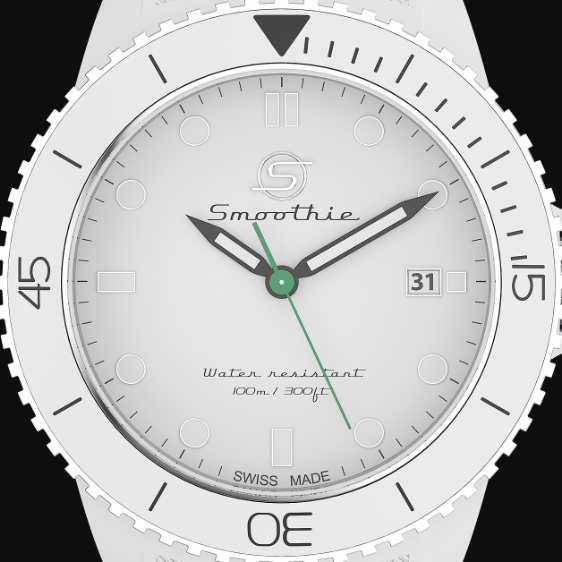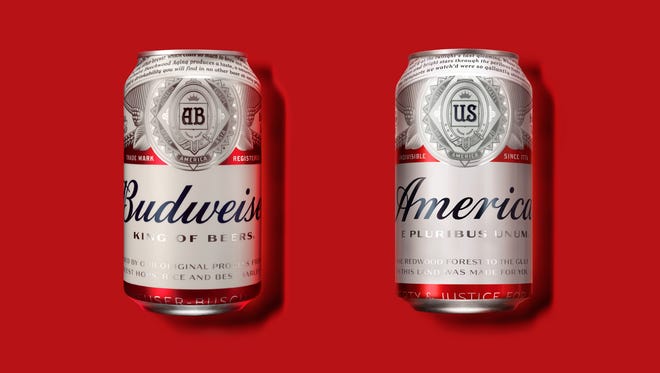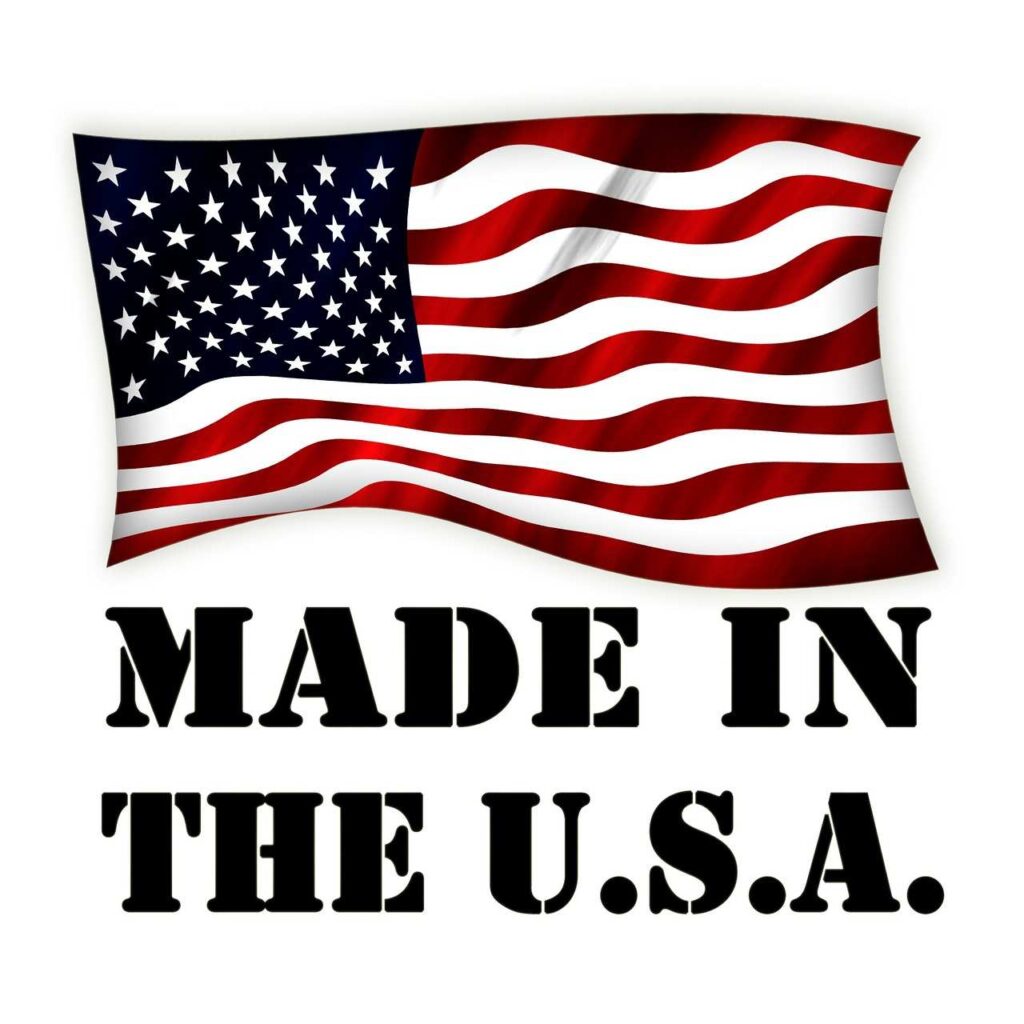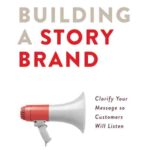If your company has products that are made (in whole or in part) in America, you may wish to consider adding “Made in USA” messages to your marketing activities. Sometimes such US content messages are required, while other times they are legally forbidden or must be qualified. Companies that improperly use “Made in USA” product claims are sometimes investigated by the US Federal Trade Commission. For a smooth launch, the following marketing and legal factors should be considered before adding “Made in USA” to your products’ marketing messages.
1. Legal Requirements
Your company is legally permitted to use US origin claims if you adhere to the main tenet of advertising law; i.e., your message must be truthful and substantiated. A “Made in USA” claim in any media platform–including online, print, TV and radio–will be considered illegal if it contains a representation or omission of material fact that is likely to mislead reasonable consumers.
In general, if a product is labeled or advertised as “Made in USA”, it must be completely (or nearly completely) made in the United States. Put another way, the product may only contain a negligible amount of foreign content. To decide how much of the product’s content is foreign, three factors are considered:
- Cost of goods sold and inventory costs of finished goods. For example, the shoe company New Balance has a line of sneakers which are marketed as “Made in USA” because they contain a domestic value of 70% or greater.
- Steps in manufacturing which are significantly transformative of the underlying parts.
- Domestic vs. foreign location of final assembly or processing

For most brands, the use of a “Made in USA” message is a marketing decision. However, certain types of products (namely textiles and automobiles, as well as products made from wool or fur) are required by law to disclose their US content. Such disclosure must be physically attached to the product. In clothing, this requirement for disclosure is often satisfied by “Made in USA” tags sewn inside the article. In new cars, the US content disclosure is made on Monroney stickers (i.e., the price sticker affixed to the car’s window or windshield that states the country of origin of the car’s major components and the location where the car was assembled).
2. US Brand Equity

Country brand equity is the added value a brand receives by associating itself with the name of a country. For example, German automakers have often leveraged their country’s brand equity by mentioning “German Engineering” and “Fahrvergnügen” in US ad campaigns. Similarly, watch manufacturers in Switzerland have leveraged their country’s brand equity so well that it now seems difficult to achieve luxury watch status without being Swiss.
America’s brand equity is particularly strong in a number of tech sectors, including biotechnology, financial technology, and legal technology. If your company’s products are directly or indirectly associated with those sectors, you should evaluate how America’s brand equity aligns with your company’s brand personality.
3. Brand Personality

Americanesque brand personality: Companies create the American personality of their brands through a number of marketing activities. For example, as “America First” was gaining attention in the media in 2016, Anheuser-Busch InBev temporarily removed the Budweiser inscription from that product’s logo and replaced it with the text “America.” The company stated that the move was “to inspire drinkers to celebrate America and Budweiser’s shared values of freedom and authenticity.”
Clothing companies also weave their US content into their brand image. For example, Stetson and Pendleton prominently highlight the national origin of their cowboy hats and woolen products, respectively, by prominently featuring “Made in USA” messaging in their advertising. Stetson further states that their brand “today embodies the resourceful, authentic, and diverse American spirit.”
Foreign brand personality: It is important to recognize that the ‘nationality’ aspect of your brand’s personality is a marketing decision. Even if your products are made in America, you are free to downplay that fact if it contradicts your brand image. For example, many American owners of BMW SUVs would probably refer to their car as German, despite the fact that most of those Bimmers are actually produced at the company’s plant in South Carolina.

In the same vein, because of strong brand personalities, many American consumers have long believed that Häagen-Dazs ice cream and Ginsu knives are Scandinavian and Japanese, respectively, while in fact those products were created by companies in New York and Ohio.
Other companies with strong European brand personalities also seem to limit marketing messages about their US content. For example, although products from Louis Vuitton manufacturing facilities in California and Texas carry the obligatory “Made in USA” label, it is not a surprise that LVMH does not highlight this fact in its marketing activities.
4. Consumer Decision-Making
If your company uses “Made in USA” marketing messages, it will likely do so to influence your target customers’ two purchasing decisions: brand choice and price.
Indeed, in recent surveys by Reuters, American consumers indicated they value the “Made in USA” label, with 70% of respondents stating that such a label is important in their decision-making process.
But are consumers willing to pay more money for products just because they are made in America? It seems the answer is yes. . . but with limits. A recent Morning Consult survey revealed that 67% of respondents would pay more for a product if they felt that doing so would support American manufacturing. However, with those same respondents, a 50% increase in price was correlated with a 38% decrease in choice of the “Made in USA” product. And in the Reuters survey, 84% of respondents stated that their willingness to pay more for a “Made in USA” product was capped at a price increase of 10%.
5. Qualified Claims

If the “Made in USA” message has a strong fit with your brand image but you cannot legally claim that all or virtually all of the product is of US origin, do you have any compromise options? Naturally! In such instances, there may be alternative marketing messages you can use which fit your brand strategy and are compliant with US advertising law. Qualified claims are commonly used for many types of products, with examples including “Designed by Apple in California. Assembled in China” and Colored Organics’ “Designed in the USA. Made in India. Worn around the world.”
6. Implied Claims
While the statement “Made in USA” is an obvious, explicit US origin claim, implied claims must also comply with US advertising law. More specifically, if your marketing message contains one of the following, it may be deemed an implied US origin claim that is subject to the corresponding truth-in-advertising laws:
- US flag
- US map
- The word “USA”
- Reference to a US factory or headquarters
- An expression conveying “American quality”
7. Portfolio Extrapolations
If only one of your company’s products is made in America, your US origin claim must be limited to that one specific product. For example, Levi Strauss & Co. has a product which is of US origin and is even branded as such: “Levi’s® Made In The USA 501® Original Fit Jeans.” Because only a portion of that company’s portfolio is of US origin, it would be misleading if it had an ad that very broadly proclaimed “Levi Products are Made in America.”
In summary, for your company’s products that are made in America, be sure to consider all legal and marketing implications when deciding if and how to disclose the products’ US content.
Deryck is the founder of Jordan Counsel, a law firm that helps entrepreneurs around the globe get established in the US market. As a veteran of corporate boardrooms, he understands the nuances of business and law and enjoys guiding startup companies during their formative years.










Pingback: The Business Landscape is Changing | How to Advice for your Side-Hustle or Small Business